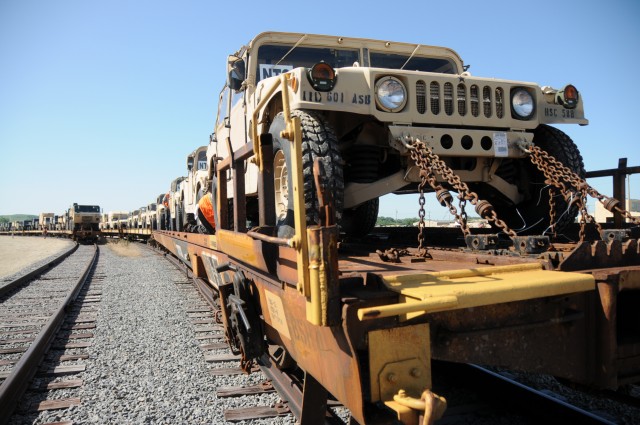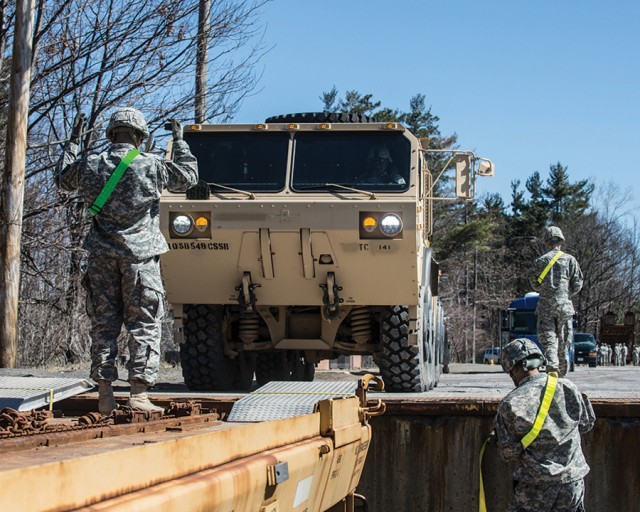The General Accountability Office (GAO) has recently conducted a review of the US Army’s rail transportation network and has discovered some startling issues. The network has been found to be lacking in manpower and maintenance, which has raised concerns about the force’s ability to operate effectively during wartime.
The Army’s rail transportation network is relied upon to move equipment around in both the US and overseas. When the Army sends a unit overseas, more than two-thirds of its equipment will be moved to a port by rail. Once it arrives in a foreign country, it will usually continue on the rail there too.
Despite being a critical logistical component, the Army slashed the number of its rail crews by 70% in 2015, from 600 to just 180. This left just the 757th Expeditionary Rail Center as the Army’s only rail unit. Since then, they have been in high demand.
GAO report
The GAO’s report says “As the Army’s only rail unit, it provides railroad personnel to assess, plan, coordinate, and conduct rail operations to support the warfighter overseas.”
However, the 757th ERC has been used to transport equipment in the continental US, due to a lack of servicemembers.
Fears have been raised over the 757th ERC’s ability during a large-scale mobilization of equipment both in the US and overseas. A 2020 study examined the unit’s assets, like trains and cars, to see if there was enough to accommodate a large mobilization, but the study did not investigate whether the manpower operating the trains and cars was enough.
In addition to a lack of rail operators, the Army’s rail network itself is in extremely poor condition. The GAO reported that around half of the Army’s rail track is closed.
“Although the Army has some quality assurance efforts, it has not established an overall quality assurance program to ensure that its track is inspected and those deficiencies are corrected,” according to the GAO.
Why the GAO conducted the study

The GAO was brought in to investigate the Army’s rail network thanks to a provision made in a House report that came along with a bill for the National Defense Authorization Act for Fiscal Year 2020.
In the study, the GAO inspected the physical state of the rail system, and reviewed “studies, documents, and analyses about rail operating crew needs and the management and oversight of the Army’s rail track network, and interviewed Army and other appropriate DOD officials.”
Recommendations
After the study, the GAO left the Army with three important recommendations.
The first of these states the Secretary of the Army must establish the challenges that will be faced by the rail network and its personnel in the case of a military mobilisation, and whether in its current condition the network would be able to successfully overcome these challenges.
The second requires the Secretary of the Army to ensure the risks involved with the trained operating crews required and available to undertake a military mobilisation are understood and mitigate those risks.
More From Us: The Day the South Nearly Won the Civil War
Lastly, the Secretary of the Army must ensure the inspection, repair, and maintenance of the rail network’s track is carried out to a high standard and in a timely manner.
So far, the Army has not responded to the three recommendations listed on the GAO’s website.
